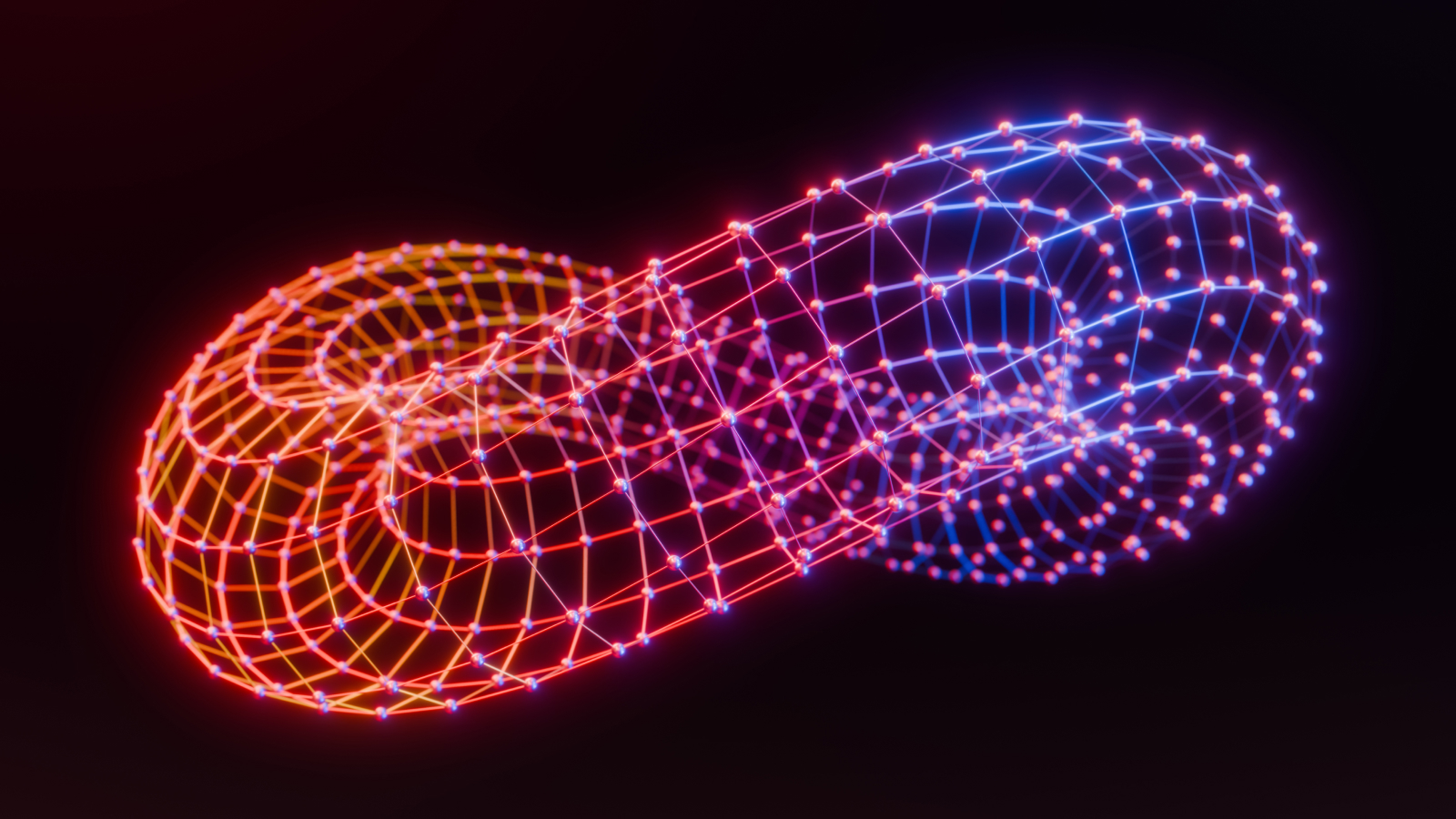Livescience
2w
51

Image Credit: Livescience
'Reliable quantum computing is here': Novel approach to error-correction can reduce errors in future systems up to 1,000 times, Microsoft scientists say
- Microsoft scientists have developed novel 4D codes for quantum error-correction, addressing fault tolerance in quantum computing.
- These 4D codes aim to reduce errors in quantum systems significantly by allowing error checking without collapse of qubits.
- Unlike classical computing, quantum error-correction involves entangled physical qubits to detect and correct errors.
- The new approach by Microsoft exhibits a 1,000-fold reduction in error rates and requires fewer physical qubits per logical qubit.
- The 4D geometric codes use a twist in torus-shaped code for efficient error detection in quantum computing systems.
- Researchers successfully tested the 'twisted' 4D code on existing quantum computers and validated the effectiveness of the approach.
- The 4D code family may lead to the development of universal fault-tolerant quantum computers with increased logical qubits using fewer physical qubits.
- Microsoft's novel error-correction technique involves a theoretical 'twist' in the geometry to cover system space using fewer qubit entanglements.
- The study also introduces a groundbreaking technique to replace lost atoms used as qubits during quantum computations.
- The findings suggest that the 4D geometric codes could represent a significant breakthrough in quantum error-correction with broader applications and efficiency.
Read Full Article
3 Likes
For uninterrupted reading, download the app